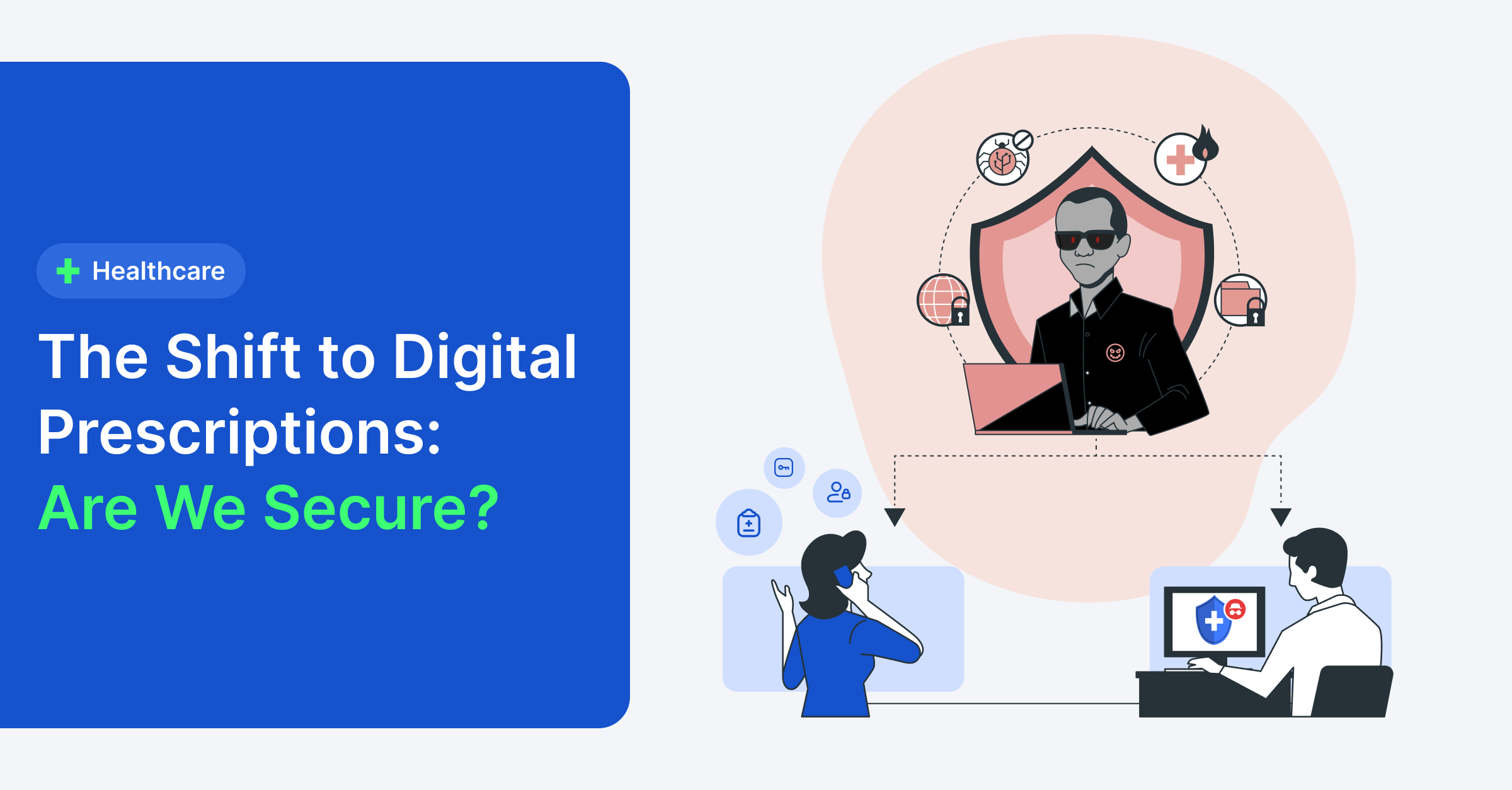
11 Feb 2025
The Shift to Digital Prescriptions: Are We Secure?
As we discussed in the last post, the pandemic significantly accelerated the adoption of digital technologies in healthcare. Among these, digital prescriptions stand out as one of the most important and rapidly growing innovations in the post-COVID-19 era.
The pandemic revolutionized healthcare, pushing handwritten prescriptions aside for digital ones. But with this innovation comes new challenges—particularly in data security.
Did You Know?
30% of global data now comes from healthcare. (IDC (https://lnkd.in/eQuq5s4U))
Healthcare breaches reached record levels in 2023, with over 1,100 incidents in the U.S. alone.
(Statista (https://lnkd.in/eQuq5s4U))
The average cost of a breach hit $11M in 2023, up 53% in just three years. (Healthcare Dive (https://lnkd.in/eQuq5s4U))
Digital prescriptions store sensitive data, making them prime targets for cyberattacks. Threats like credential theft, fraudulent prescriptions, and data tampering are real risks.
How can we secure this transformation?
Implement multi-factor authentication.
Use end-to-end encryption.
Deploy real-time monitoring systems.
As healthcare continues to innovate, we must build trust by safeguarding patient data. Let’s not compromise security for convenience.
What security measures do you think are essential for digital healthcare? Share your thoughts below!
Discover comprehensive healthcare security solutions in our Healthcare Solution page and explore our detailed articles on Healthcare Cybersecurity and Fraud and Fortifying Medical Technology.
